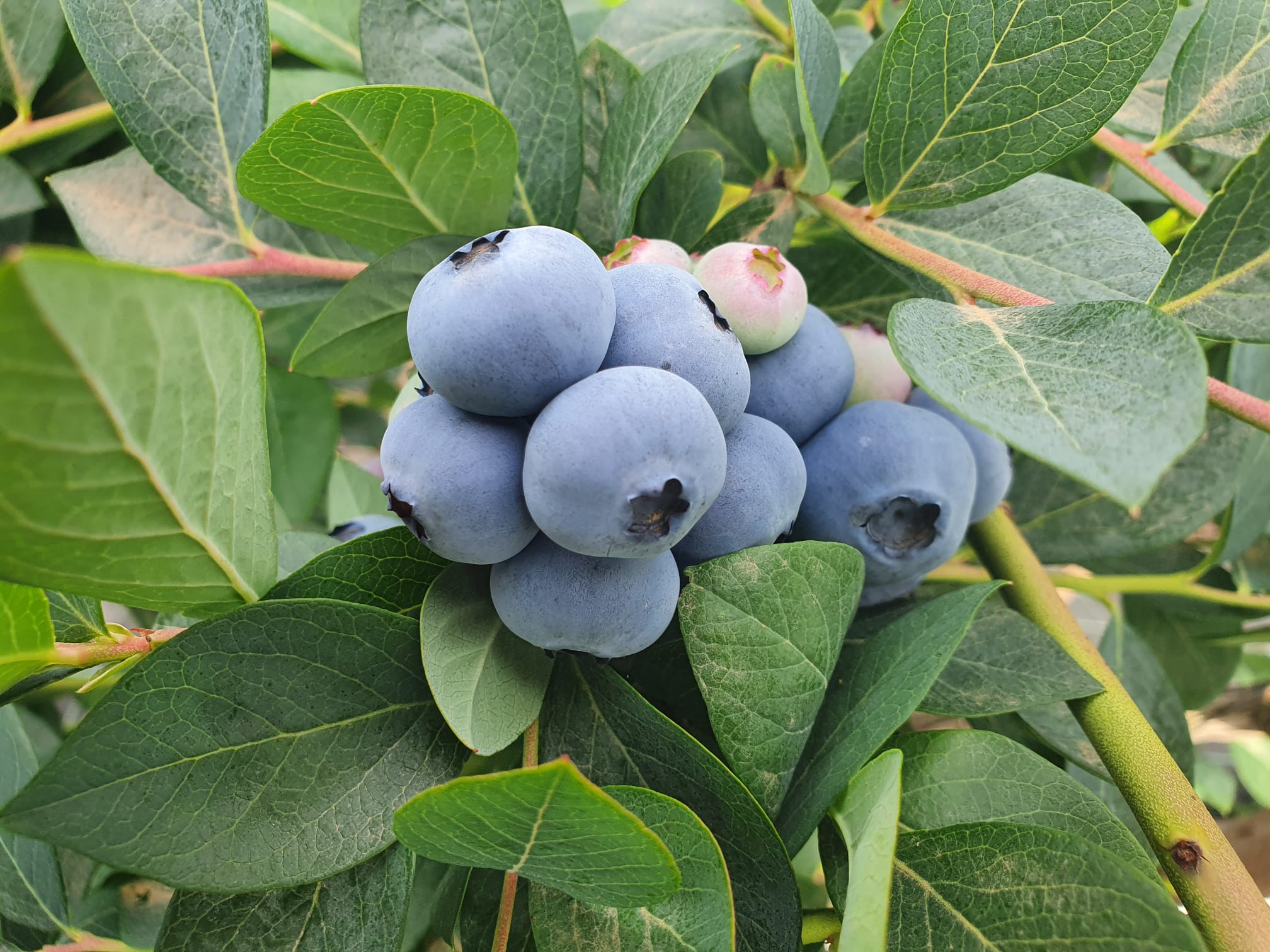Summary
ORIGIN
In 1881, California judge and amateur plant breeder James H. Logan accidentally invented 'Loganberry' in his yard when he planted two blackberries next to an old raspberry plant. Of the 50 seedlings produced from this mix, one was remarkably hardy; he gave this berry its name: 'Loganberry,' a hybrid, that is, a cross between North American blackberry(Rubus ursinus) and raspberry(Rubus idaeus).
IN THE FIRST ROW I FOUND A SINGLE SOLITARY PLANT, LOOKING LIKE NO OTHER BERRY PLANT I HAD EVER SEEN. IT WAS NEITHER A RASPBERRY NOR A BLACKBERRY, BUT A DECIDEDLY NEW FORM.
James H. Logan, loganberry breeder
He gave the plants to his friends who began calling the fruit 'Mr. Logan's Berries.' Arguments over its origin raged for about 50 years, with the judge insisting that the plant was a natural hybrid involving some raspberries growing near his blackberries and professors at American universities arguing that it must be a new species. The solution came from the United Kingdom in the 1940s, when Percy Thomas studied its genetics at the John Innes Institute and proved the judge right.
This berry would then make its way to the United States Department of Agriculture - Agricultural Research Service (USDA-ARS) breeding programme run in collaboration with Oregon State University.
In view of its botanical significance as a parent of other hybrids, the loganberry was given the name Rubus loganobaccus by the American botanist Liberty Hyde Bailey.
DISSEMINATION
From its native California, the loganberry quickly spread to Oregon, where it found ideal conditions for its development.
The crop was a relative newcomer to the Willamette Valley. According to its own publicity, the first Loganberry plants were "introduced" to Salem by farmer Gus. Freniard in 1899. Newspaper advertisements indicate that by 1900, in addition to selling his own plants, Freniard was also providing stock for various seed sellers, who described the new berry as 'a cross between the blackberry and the red raspberry ...[it is]the largest and most beautiful and prolificberryinexistence, dark red in colour'.

Initially, it was expected to be developed on a large scale due to the fact that, in the midst of prohibition, the market was looking for a legal, refreshing and tasty drink. In the 1910s, the local press encouraged producers in Salem, Oregon, to stockpile the plants, which were expected to sell out soon.

Salem, Oregon, soon became the centre of the loganberry growing industry. As one advertisement grandly stated (without citing sources): "Eighty percent of the world's loganberries grow within thirty miles of Salem, Oregon". Another, more conservative, estimate stated, "The people of Salem should be proud that half of the world's loganberry crop is harvested within walking distance of the Capitol dome".
Growing loganberries was not a problem. Getting the berries to market was another story. Domestic sales were the goal, but farmers were limited by the perishable nature of the berries. Some turned to drying, others to pressing. In 1915, two Salem companies began large-scale production of loganberry juice.
Despite spending up to USD 700,000 on advertising to successfully reach 'hotels, clubs and railway lines' across the country, loganberry juice was short-lived and by the 1920s the market was showing signs of crisis and significant downsizing.

Loganberry is currently grown professionally in the United States (in Oregon and Washington) and is also cultivated in England and Australia, among others.
SPLENDID TO SEE #LOGANBERRIES FROM OUR FRIENDS AT @NEWCROSSFRUIT ON THE PITCH AT @TOTALBRISTOL. LIMITED SUPPLIES #ONYOURMENU PIC.TWITTER.COM/A0WCO19AYD
- TOTAL PRODUCE UK (@TOTALPRODUCEUK) JUNE 28, 2017
According to recent estimates, production in Oregon (2002) is about 45 tonnes, produced on 28 hectares, with a value of about USD 50,000.
FEATURES
The fruits are very large, reddish-purple in colour, elongated in shape with a sweet, thirst-quenching taste and rich in vitamins and minerals. The consistency is good, so they are also suitable for freezing.

The berries of this blackberry-raspberry hybrid resemble blackberries in size and shape, although the color and flavor are more similar to raspberries. Loganberries are deep red in color, with medium-sized seeds, a conical shape and a firm but tender skin.
Its intense wine-red, sour and tasty fruit is technically an aggregate of drupes and the inside is closed like a blackberry.
Harvesting is mainly done by hand. The loganberry is also processed into juice, syrup, frozen for jams or used for wine-making.
PRODUCTION
The loganberry plant is moderately robust and spiny. Loganberry is a vigorous, almost climbing plant with three to five leaflets and thorny branches. Although the plants are fairly resistant to disease and frost, commercial production is limited because the harvest is considered labour intensive and the fruit has a short shelf life. Hybrids without thorns have been developed.

A well-cultivated loganberry plant can produce 6-8 kg of berries in a period of two months. After harvesting, the two-year-old canes should be cut back.
In Oregon, harvesting takes place from mid-July to mid-August. In Italy ripening is medium-late, rather continuous from July to September. Good scalarity of ripening.
The English Royal Horticultural Society lists two Loganberry cultivars:
- LY 59: a moderately vigorous loganberry with thorny, arching branches. The long, conical, dark red fruits produce during the summer.
- LY 654: a thornless loganberry with sweet fruit. It is less vigorous than LY 59, which makes it suitable for smaller gardens.
To buy loganberry plants in Italy, you can contact nurseries specialising in berries:
LOGANBERRY ON SOCIAL MEDIA
The loganberry is very popular on social media because of its inviting appearance and small producers are proud to show it off to followers.
INSIGHTS
- 1881: The Accidental Loganberry
- The Rise and Fall of the Loganberry Industry in Salem
- Loganberry (British)
- Crop Profile for Blackberry in Oregon
- Growing berries on the Oregon coast
- Loganberry benefits and nutrition facts
- Loganberry: Royal Horticultural Society
- Molari Berries & Breeding: Loganberry
- The origin of the tayberry
All rights reserved - Italian Berry - CC BY License








